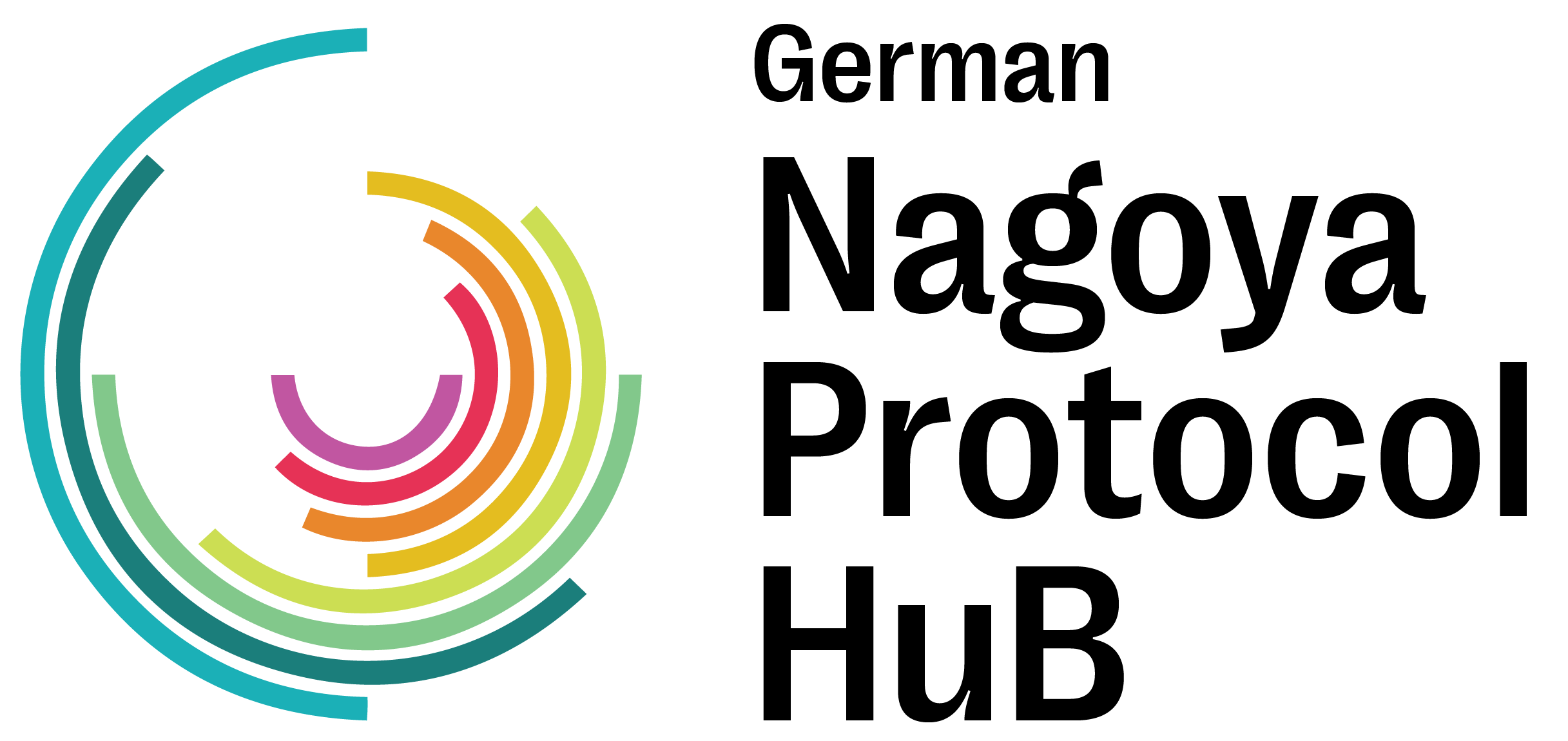Benefit-sharing in academic research
Benefit-sharing is about giving something back to those people/countries who provide material (and associated traditional knowledge) for research purposes.
![]()
Some academic researchers think that benefit-sharing has nothing to do with them – wrong! Benefit-sharing obligations can also apply to non-commercial and basic researchers!
What types of benefits are shared in the academic research sector?
Benefits shared by academic researchers typically flow from the research process and outputs of research. These types of benefits are often “non-monetary” and common examples include:
- collaboration and/or joint publication with local scientists
- training for local scientists and students
- sharing data and results
- study exchanges
For real-life examples of benefit-sharing by German institutions, you can check out our ABS Stories.
![]()
In many countries, the types of benefits that can or should be shared are listed in the relevant regulations. You should check these!
![]()
Exactly which benefits will be shared has to be negotiated. You should always check that the benefits you agree to are consistent with your grant agreement and that you can deliver on your commitments – don’t make promises you can’t keep!
Benefit-sharing agreements
A benefit-sharing agreement is a legally binding agreement – it is a contract.
You should check with your institution about whether you are permitted to create legal obligations on its behalf! You may not be the person authorised to make decisions about benefit-sharing or to sign the agreement!
Mutually Agreed Terms – MAT
In the ABS world, benefit-sharing agreements are referred to as Mutually Agreed Terms, or MAT for short. MAT should be, as with most contracts, in writing and may include (among other things):
- arrangements for benefit sharing including, for example, intellectual property rights;
- a dispute settlement clause;
- terms on subsequent third-party use of material;
- terms on changes of intent, i.e. where the material is to be used for a different purpose, such as the transition from non-commercial to commercial research.
The people who sign the MAT will depend on who you are required (by law) to share benefits with. This could, for example, be a government authority, a research institution in the country where the material comes from or a representative of a local community.
Material Transfer Agreement – MTA
Mutually Agreed Terms, i.e. MAT, should not be confused with the your material transfer agreement, or MTA.
Many researchers are familiar with MTAs. Institutions involved in research collaborations often use these instruments to determine under which conditions they will transfer material, the rights and obligations of the recipient and provider of the material etc.
![]()
Caution! A material transfer agreement (in the absence of any accompanying ABS documentation) will not be sufficient to satisfy your due diligence obligations in Germany.
Using Model Clauses
What are model clauses?
Model clauses are standardised contractual clauses that can be used as a basis for benefit-sharing agreements.
A number of model clauses have been developed to support the implementation of the Nagoya Protocol, e.g. by professional associations and the governments of countries that provide biological material for research.
![]()
If you are using model clauses, don’t forget to review them carefully and make sure that they are appropriate for your needs. They may need to be adapted.
![]()
Model clauses are not a substitute for legal advice and you should contact the legal department of your institution for assistance before signing anything.
Model clauses used by provider countries
Nagoya Protocol countries are encouraged to develop and use of sectoral and cross-sectoral model contractual clauses for mutually agreed terms.
Some countries have already developed model agreements. Examples of model clauses used by countries include Benin (in French), South Africa und France (in French).
Some model agreements can be found under the country profile in the ABS Clearing House.
The World Intellectual Property Organization also lists a number of contracts.
![]()
When you contact the provider country, ask them first whether they have a model benefit-sharing agreement that they use.
Model clauses for academic researchers
Several professional associations have developed model clauses to help non-commercial researchers with establishing benefit-sharing agreements.
Some examples come from the Deutsche Forschungsgemeinschaft (DFG) and the Swiss Academy of Science.
The Consortium of European Taxonomic Facilities (CETAF) has developed a Code of Conduct and Best Practices that is recognized as best practice by the European Commission. In Annex 6 of this document, there are four different model material transfer agreements (MTAs) for the following situations: temporary loans, transfers of material into and out of the collection with changes of ownership and for situations involving guest/external researchers who bring material with them. These MTAs also address ABS issues.
The German Federal Agency for Nature Conservation also has several model agreements on its website, including an agreement between the recipient of the material and a provider country, an agreement between the recipient of the material and a landowner, and an agreement between the recipient and an indigenous or local community.
![]()
When you contact the national authorities of the provider country (national focal point and/or competent national authority), ask whether they use a model agreement.
Other useful resources
Model MTAs:
The ABS Information Forum has a collection of links to model Material Transfer Agreements.
See the Annex of the Consortium of European Taxonomic Facilities’s Code of Conduct and Best Practice.
Model benefit-sharing agreements:
The ABS Information Forum has a collection of links to model benefit-sharing agreements.
The Swiss Academy of Sciences has created a toolbox for drafting Mutually Agreed Terms.
Model clauses from the Deutsche Forschungsgemeinschaft (DFG)
Sample contracts on the website of the World Intellectual Property Organization.
More information about benefit-sharing:
This ABS Information Forum page gives a further explanation on what benefit-sharing means as well as some useful things to keep in mind.


